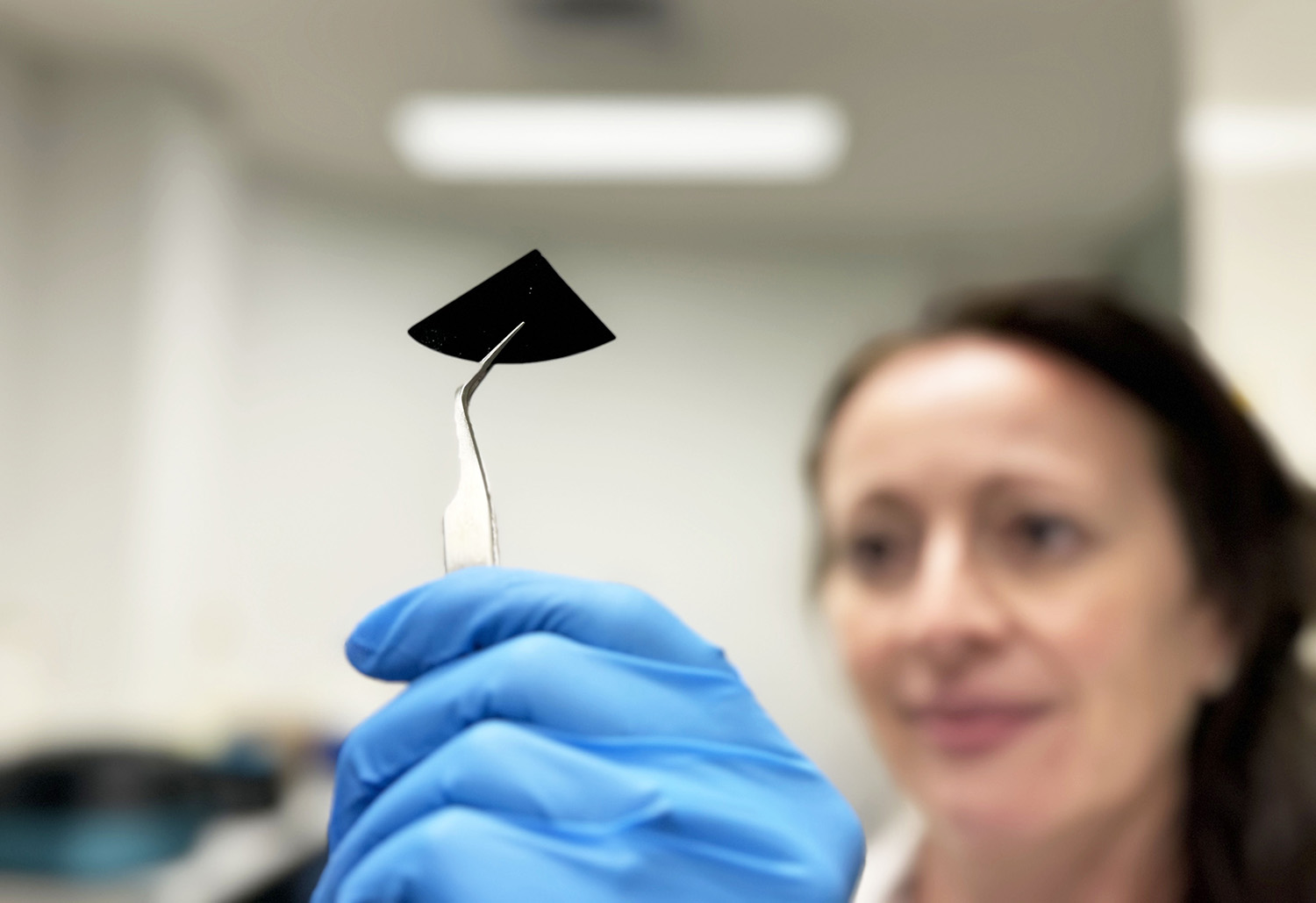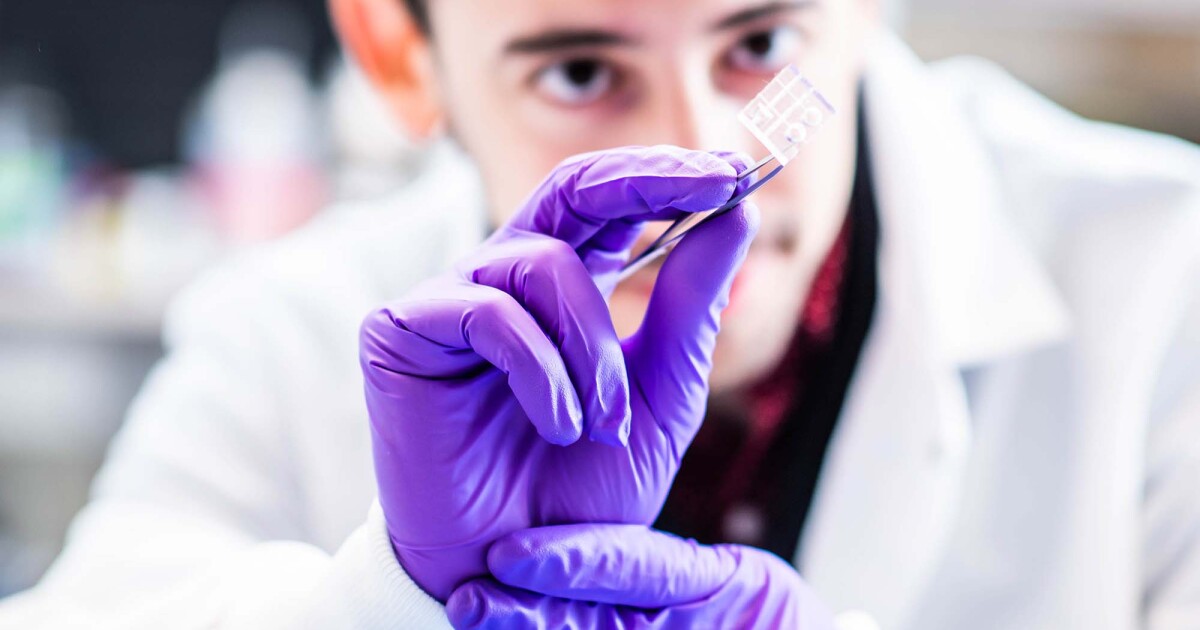RMIT Unveils Breakthrough Silicon Technology
Researchers at RMIT University have developed a new weapon in the fight against viruses. It’s a surface covered in microscopic silicon spikes that can inactivate a significant portion of viral particles on contact. This innovative technology has the potential to revolutionize hygiene practices in high-risk environments such as hospitals and laboratories.
How Tiny Spikes Could Revolutionize Hygiene
The surface, which appears smooth to the naked eye, is engineered with tiny nanospikes designed to disrupt viruses. In lab tests using the hPIV-3 virus, a common cause of respiratory illnesses, the results were impressive: a staggering 96% of the viruses were either destroyed or rendered incapable of causing infection.
The Science Behind the Virus-Killing Surface
The effectiveness of the silicon spikes lies in their ability to puncture the viral envelope, the outer protective layer of the virus. This disrupts the virus’s structure as well as prevents it from replicating and spreading.
This research holds immense promise for various applications. The virus-killing surface could be incorporated into frequently touched surfaces in hospitals, laboratories, and public spaces, potentially reducing the spread of viruses and the need for constant disinfection.
Creating Safer Environments
While the initial tests focused on a specific virus, further research is needed to determine the effectiveness of the silicon spikes against a broader range of viruses. Additionally, scientists will need to explore practical integration methods for this technology in real-world settings.
Despite these considerations, the development of the silicon spike surface represents a significant advancement in the fight against viruses. This innovative approach has the potential to improve hygiene practices and create safer environments in healthcare facilities and beyond.







